PolarFire® FPGA Ethernet Sensor Bridge for the NVIDIA® Holoscan Software Development Kit (SDK)
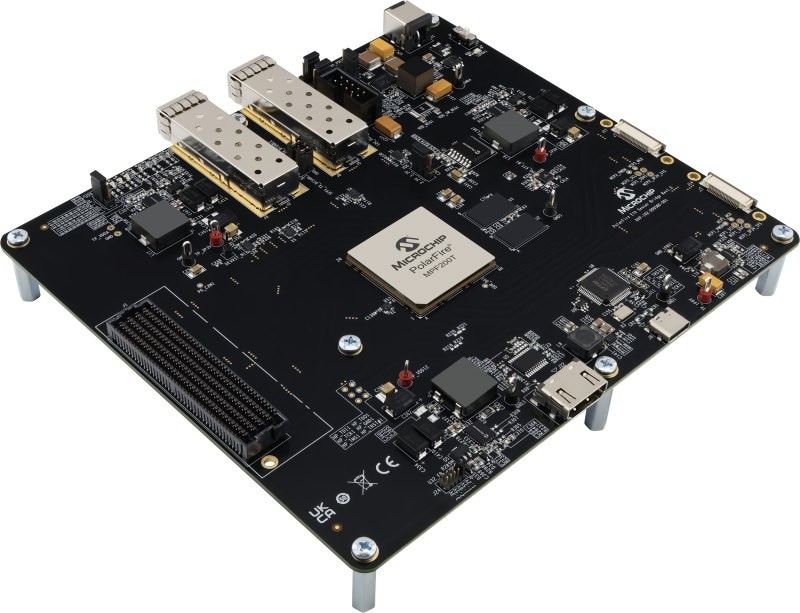
PolarFire® Ethernet Sensor Bridge
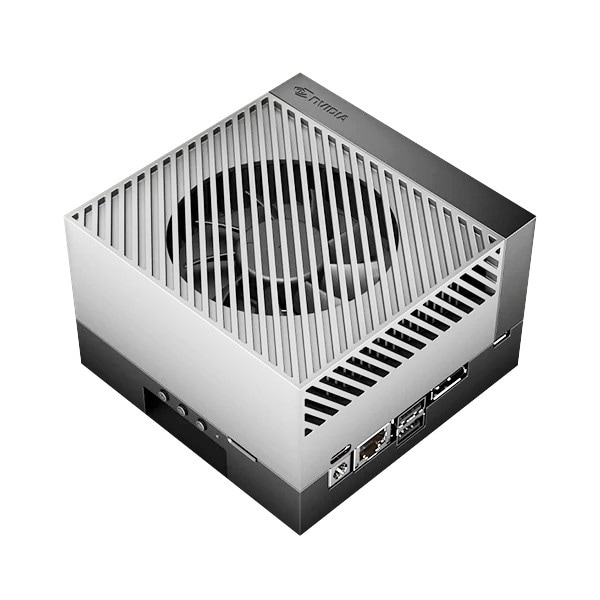
NVIDIA® Jetson AGX Orin™ Development Kit
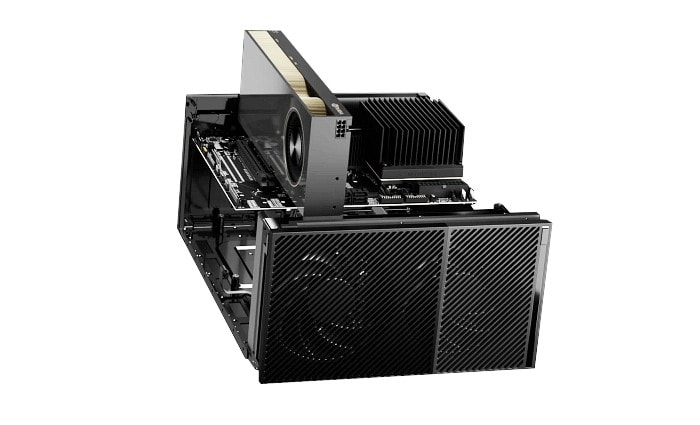
NVIDIA® IGX Orin™ Development Kit
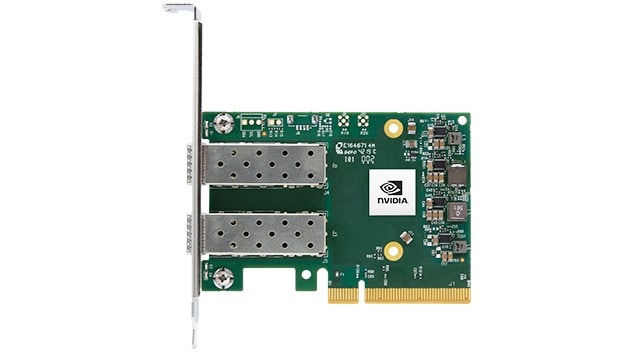
NVIDIA® ConnectX®-6 Dx SmartNIC
PolarFire FPGA Ethernet Sensor Bridge
Part of the NVIDIA Holoscan SDK ecosystem, the PolarFire FPGA Ethernet Sensor Bridge uses Ethernet to extend multi-protocol signal conversion to NVIDIA Jetson AGX Orin and IGX Orin developer kits. The sensor bridge is based on our MPF200T-FCG784 power-efficient PolarFire FPGA.
Step 1: Purchase the PolarFire FPGA Ethernet Sensor Bridge
Visit the PolarFire FPGA Ethernet Sensor Bridge page and complete the purchase on our Purchasing and Client Services website.
Step 2: Purchase the NVIDIA Jetson Orin Developer Kits
Use the links below to purchase the Jetson AGX Orin or IGX Orin developer kits.
Step 3: Purchase the NVIDIA ConnectX-6 Dx Network Adapter (Optional)
If you have an AGX Orin developer kit and want to use dual MIPI® CSI-2® cameras, you must also purchase the ConnectX-6 Dx network adapter.
The PolarFire FPGA Ethernet Sensor Bridge comes with only one IMX477 camera module, so you have to purchase the additional sensor separately.
Step 4: Read the Online Quick Start Guide
The online quick start guide provides instructions to get your hardware connected and ready for development.
Please scroll down to the support section below if you need any technical assistance.
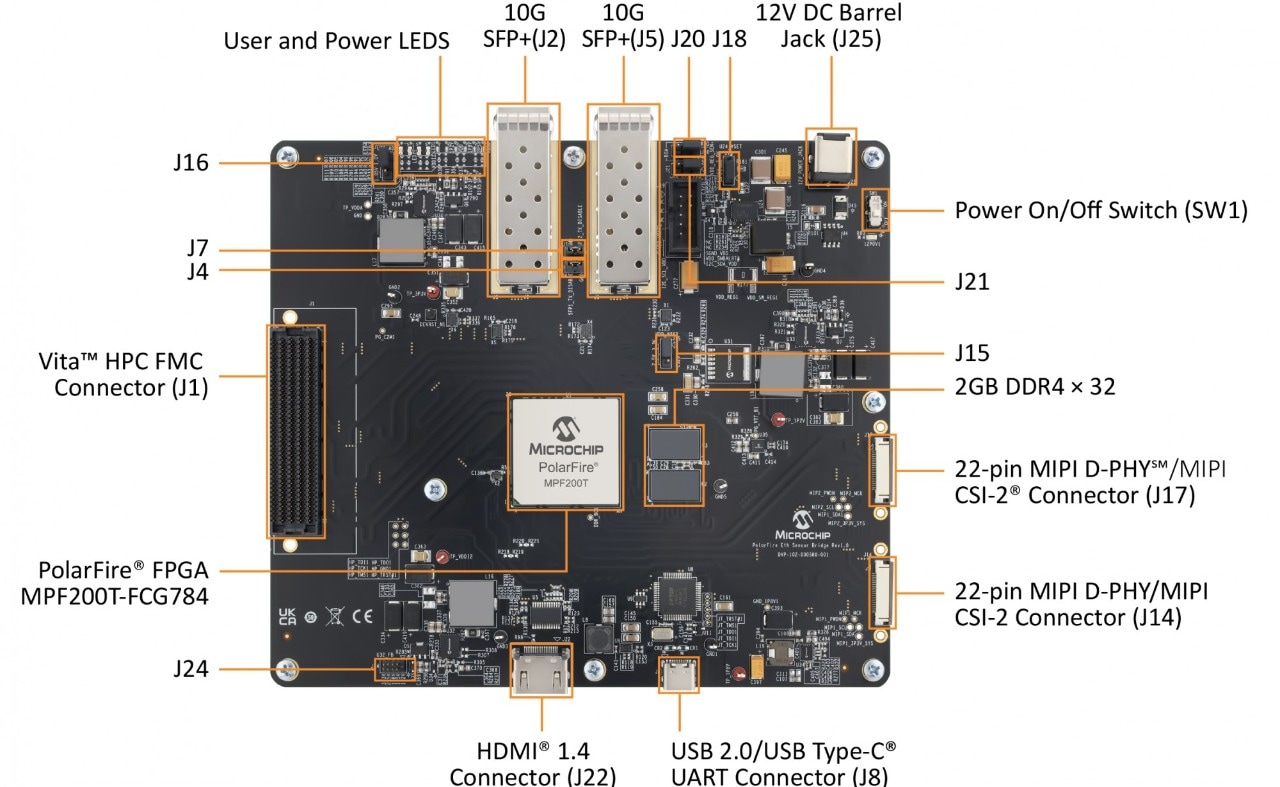

Robotic Vision

Autonomous Robot Delivery

Advanced Medical Imaging
The NVIDIA Holoscan platform provides hardware and software components to build streaming AI pipelines in edge and cloud AI applications such as industrial cameras, high-performance edge computers and medical devices. The hardware platform consists of a PolarFire FPGA Ethernet Sensor Bridge and NVIDIA Jetson AGX Orin and IGX Orin developer kit AI processing GPU platforms.
The PolarFire FPGA Ethernet Sensor Bridge comes pre-programmed to support two MIPI CSI-2 cameras. At a functional level, the PolarFire FPGA based-sensor bridge implements MIPI CSI-2 receive IP, a wrapper that converts parallel MIPI into serial MIPI packets and the Hololink core that contains drivers for configuring MIPI sensors and packetizes the sensor data and the 10G MAC core that transmits data via Ethernet packets.
The PolarFire FPGA Ethernet Sensor Bridge is pre-programmed to support MIPI CSI-2 receive packets. Other protocols will be supported in the future. Scroll down to the support section and email us if you are interested in other protocols.
- Jetson AGX Orin Single-Camera Use
- Jetson AGX Orin Dual-Camera Use Case
- IGX Orin Single-Camera Use Case

The block diagram shows how a single MIPI CSI-2 camera connects to the NVIDIA Jetson AGX Orin developer kit.

The block diagram shows how a dual MIPI CSI-2 camera connects to the NVIDIA Jetson AGX Orin developer kit. This use case also requires the NVIDIA ConnectX®-6 Dx network adapter.

The block diagram shows how a single MIPI CSI-2 camera connects to the NVIDIA Jetson IGX Orin developer kit.
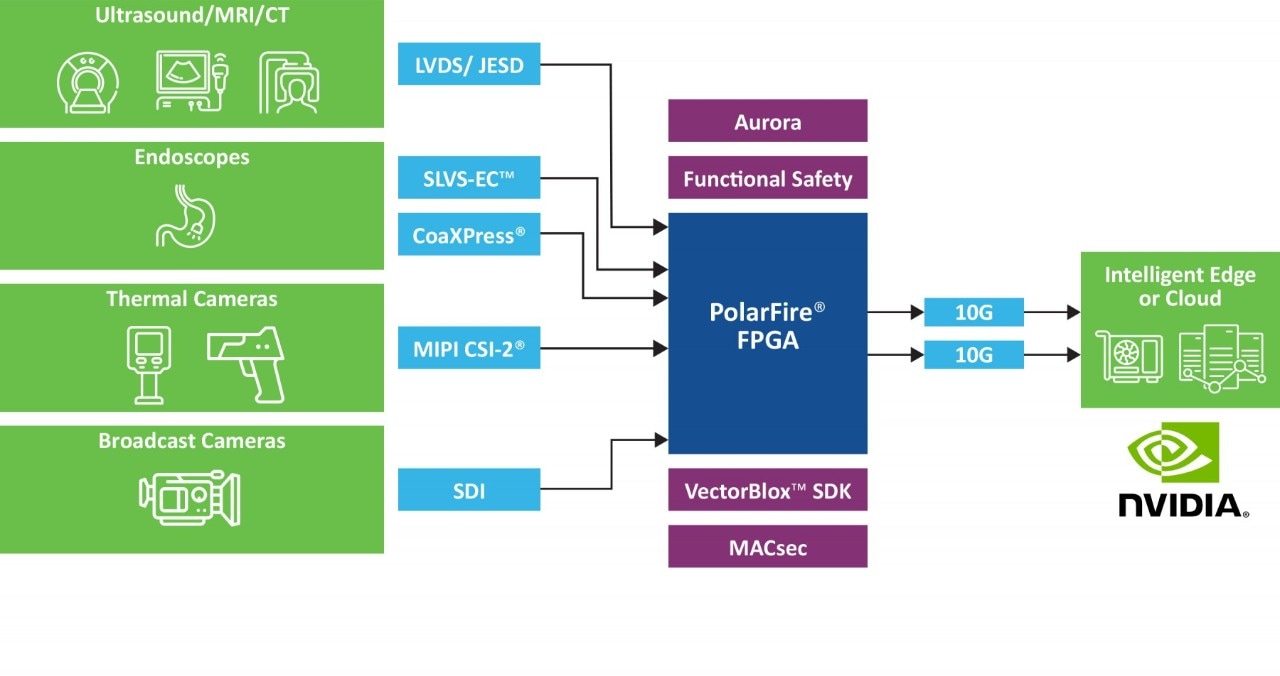
The list of applications that require high-performance edge AI and low-latency protocol conversion is endless. Taking medical devices as an example, LVDS and JESD are commonly used protocols for image acquisition in ultrasound, MRI and CT/PET scanners. Endoscopes are rapidly adopting SLVS-EC image sensors while using CoaXPress to transfer uncompressed video to the receiver.
Thermal cameras use sub-LVDS or MIPI CSI-2-based sensors, while SDI is being used increasingly in assisted surgery cameras and displays.
Robust Features
- Cost optimized and low power
- Transceivers ranging from 250 Mbps to 12.7 Gbps
- 100K to 500K Logic Elements (LEs) and up to 33 MB RAM
- Best-in-class security and exceptional reliability
Smart Embedded Vision
- 4K60 video pipeline, eliminating heat sinks and thermal fans
- Low-power SerDes
- 90 mW at 10G
- Small form factor packages starting at 11 × 11 mm2
- Curated embedded vision IP and solutions
Reliability and Functional Safety
- Immunity to configuration Single-Event Upsets (SEUs)
- Rigorous and extensive screening and qualification
- IEC 61508 SIL 3 and ISO 26262 ASIL D-certified design tools for PolarFire FPGAs
Robust Development Tools
- Easy-to-learn Libero® SoC Design Suite for PolarFire FPGAs
- C/C++ to RTL SmartHLS™ compiler software for faster development and design verification
- Extensive list of IP cores to accelerate time to market
FPGAs have always been an excellent choice for protocol conversion in high-reliability applications. Our PolarFire FPGAs support all the IP mentioned on this page; visit our PolarFire FPGAs page to learn about why you should choose PolarFire FPGAs for your next application.
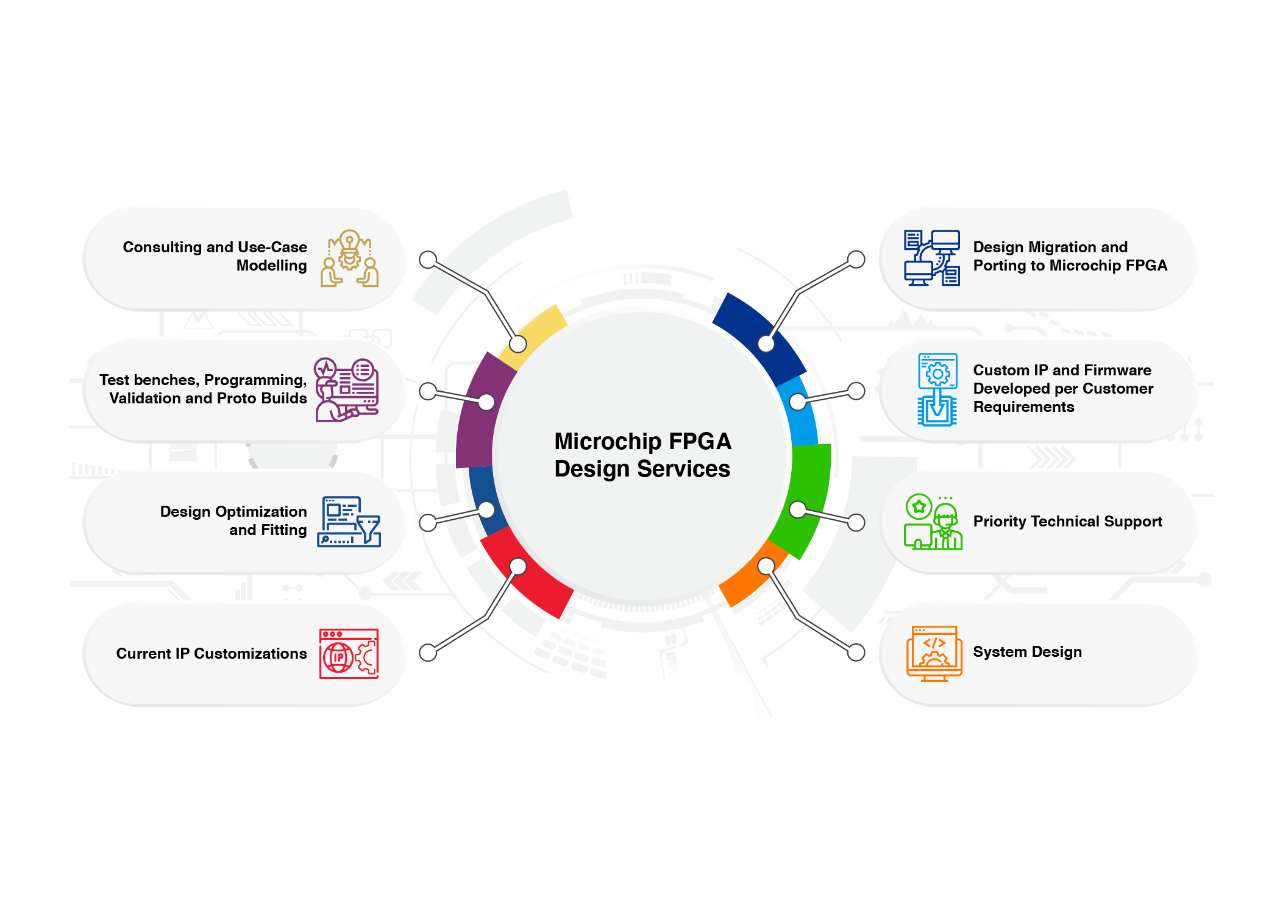
FPGA Design Services
Email us to leverage our world-class team of design experts to expedite your design cycle.

Technical Support
Browse our technical support forum or submit a question to our support team.